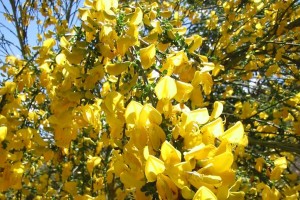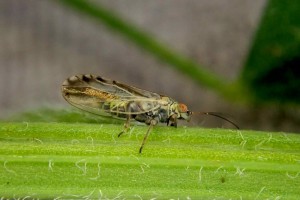Broom psyllid
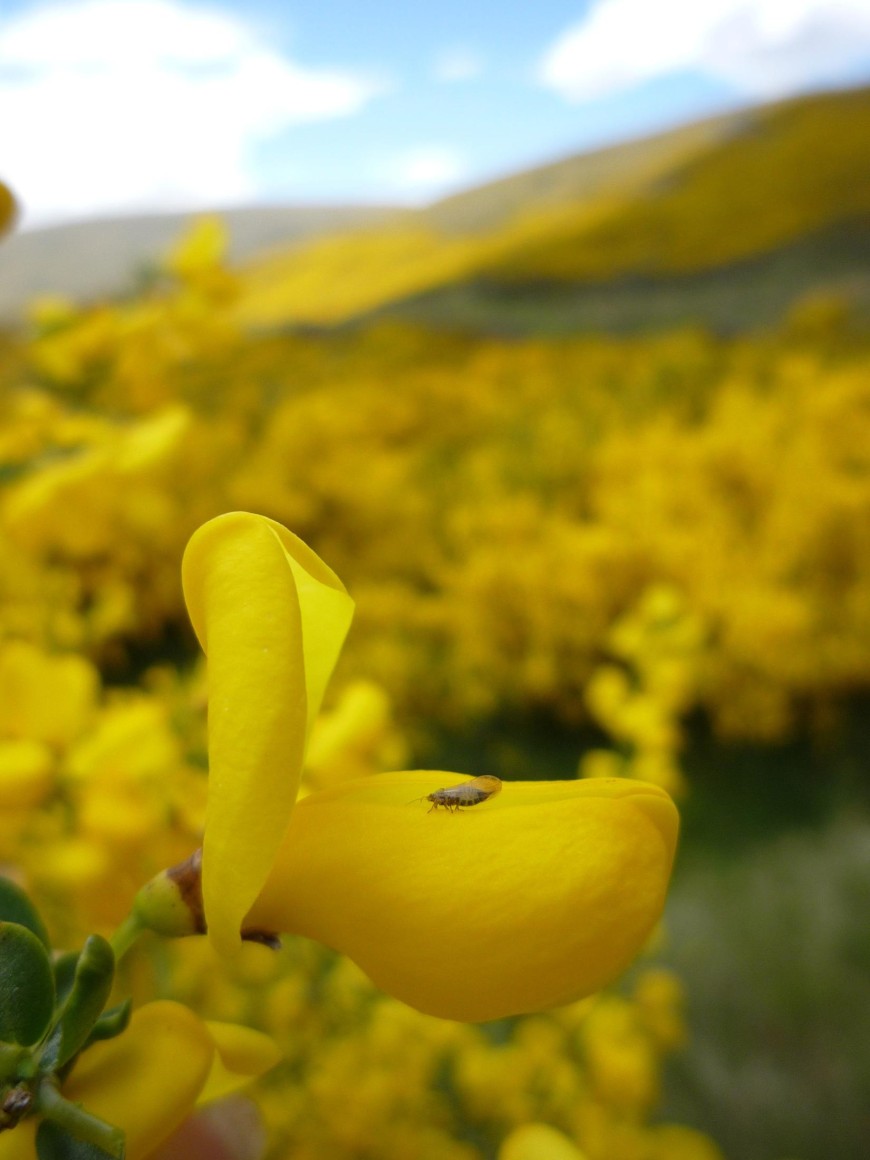
Image: broom psyllid (Arytainilla spartiophila).
History in New Zealand
Broom psyllids are native to Europe, and they were first imported from England by the DSIR in 1992. The psyllids were mass-reared and released throughout New Zealand in the mid-1990s. Psyllids are now widespread and common in the North and South Islands.
How would I find them?
Broom psyllids can be difficult to find as the obvious stages are only visible for a few months of the year. Broom psyllids spend the colder months as eggs, and you will not be able to see these as they are embedded in the stems with a waxy cap over the top. In spring, eggs hatch into tiny (<2 mm long) orangey-brown nymphs that crawl into new growth buds and begin to feed. You may see these nymphs in late spring if you look when there is new growth forming on the plants. The nymphs feed and grow through five stages and develop into pale brown aphid-like adults, about 2–3 mm long. The adults have wings and are more mobile than the wingless nymphs – you may see them in early summer sitting on the younger green stems and leaves.
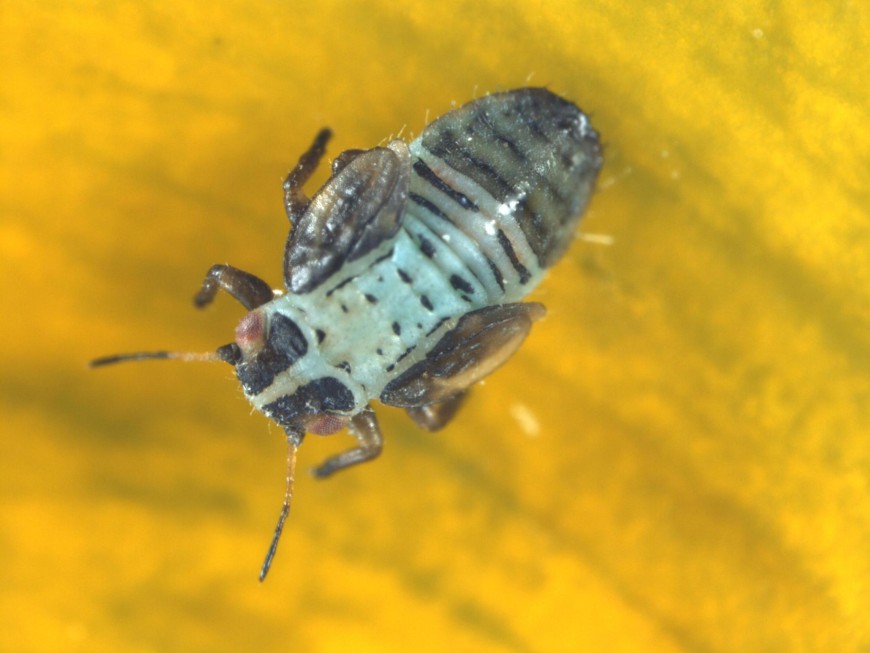
Images: broom psyllid nymph.
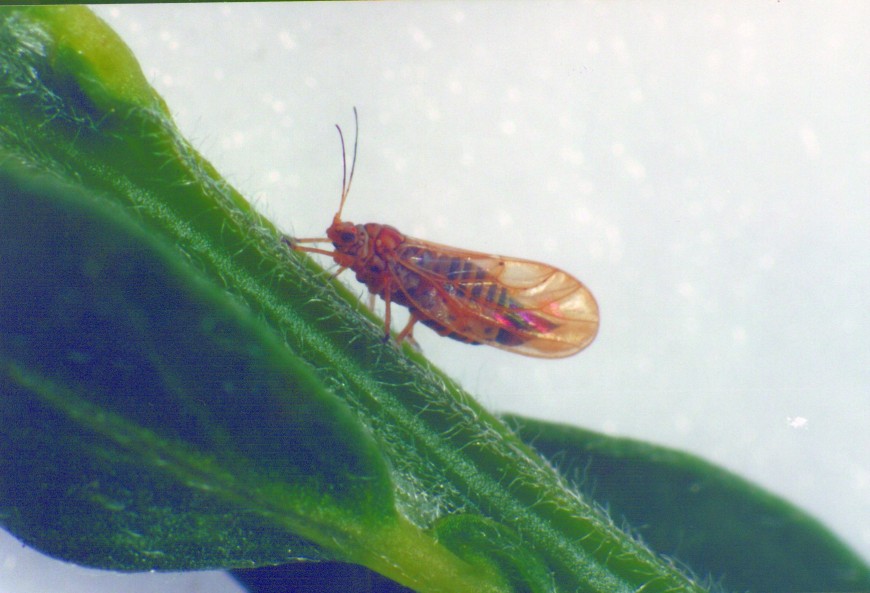
Images: broom psyllid adult.
If you cannot see adult psyllids sitting on the new growth by eye, then you may need to use a beating tray. You can improvise a beating tray by using a sheet of white material, paper, or cardboard. Place your tray on the ground under the broom bush. Beat the broom foliage with a stout stick for 5–10 seconds and then look to see what you have dislodged.
The adults feed on the new growth for a couple of weeks, lay their eggs in the stems and then die – only one generation is produced each year. Both the adults and nymphs produce sticky honeydew and sooty mould may grow on this.
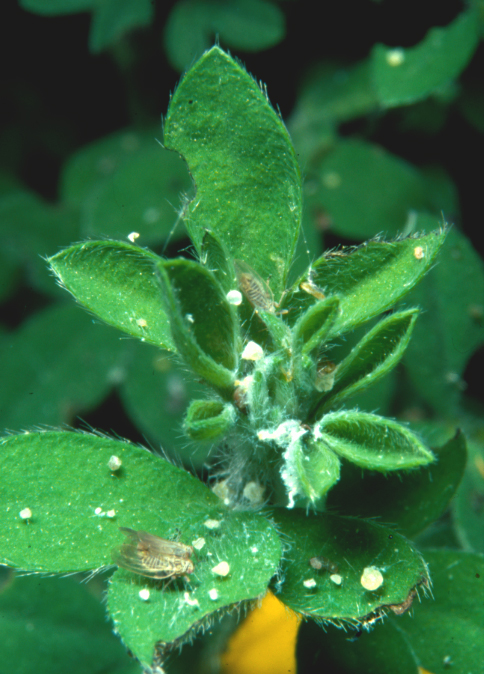
Image: broom psyllids surounded by honey dew (white balls).
The broom psyllid is easy to differentiate from other broom biocontrol agents.
See Broom gall mite, Broom leaf beetle, Broom seed beetle, Broom shoot moth, Broom twig miner.
How do they damage broom?
Both the adult and nymph stages damage broom by sucking sap out of the tender new growth in the spring. When populations are high, the damage to broom is severe.
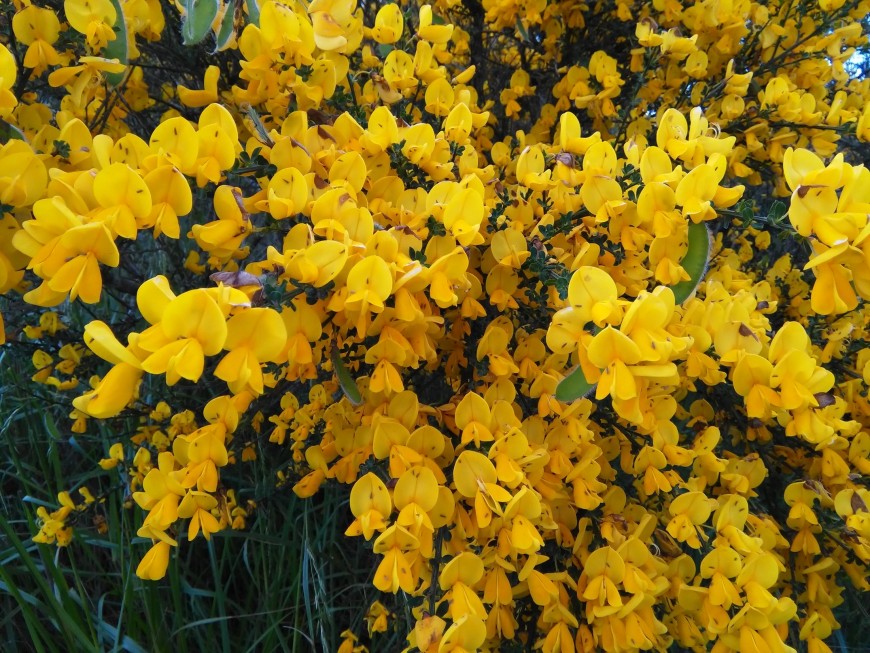
Image: large population of broom psyllids.
Will they attack other plants?
No, broom psyllids will only damage Scotch broom (Cytisus scoparius). They will not even attack other broom species such as white broom (Cytisus multiflorus) or Montpellier broom (Genista monspessulana).
How effective are they?
The effectiveness of broom psyllids in New Zealand may be limited by predatory mirid bugs. In their native range, psyllids outbreak regularly, causing obvious and severe damage to broom bushes. Outbreaks have been seen here but these are rare. Small insects called mirids have been noticed feeding on the psyllids and may be preying on them. Broom psyllids are heavily attacked by specialist mirids in Europe which limits their impact there.
How can I get the most out of this agent?
Although the adults can fly, they appear to disperse slowly. If they are not yet present in your area, you can help to increase the distribution of this agent by shifting some from an established site. The best time of the year to redistribute the psyllids is when you can find good numbers of nymphs, and this is usually around October–November. It is possible to shift the adults too, but these are more fragile and may be too old to lay many more eggs.
How do I select a release site?
Read Guidelines for selecting release sites for biocontrol agents.
How do I collect them for release at other sites?
You need a pair of secateurs and some paper rubbish bags. Simply cut off infested branches and carefully put them into the bags. Do not be tempted to use a garden-leaf vacuum to collect broom psyllids as they are too fragile.
How do I manage the release sites?
Avoid any activities that will interfere with the psyllids, such as herbicide application. If you need to undertake control measures, then avoid the release site.
Key Contact


